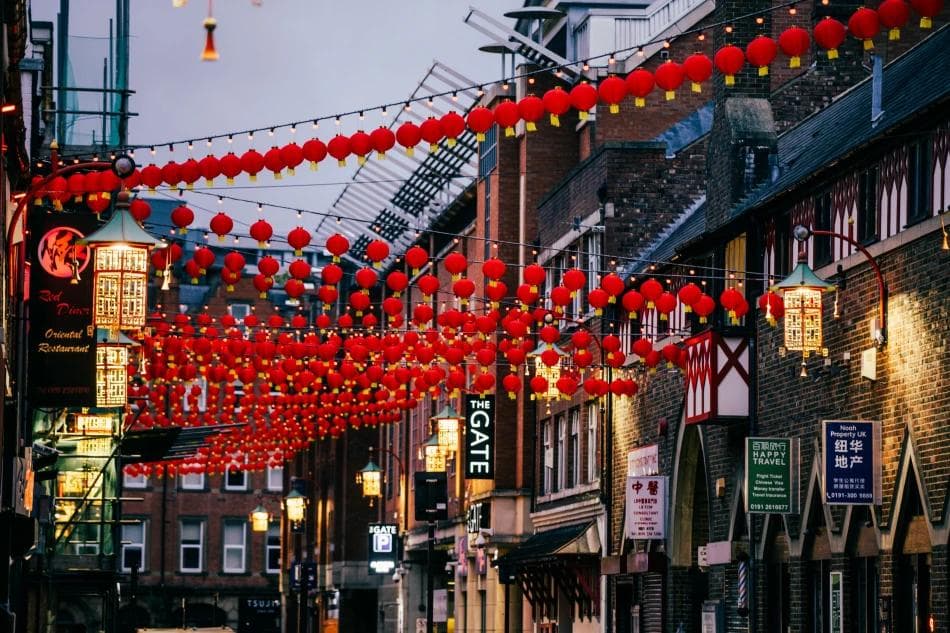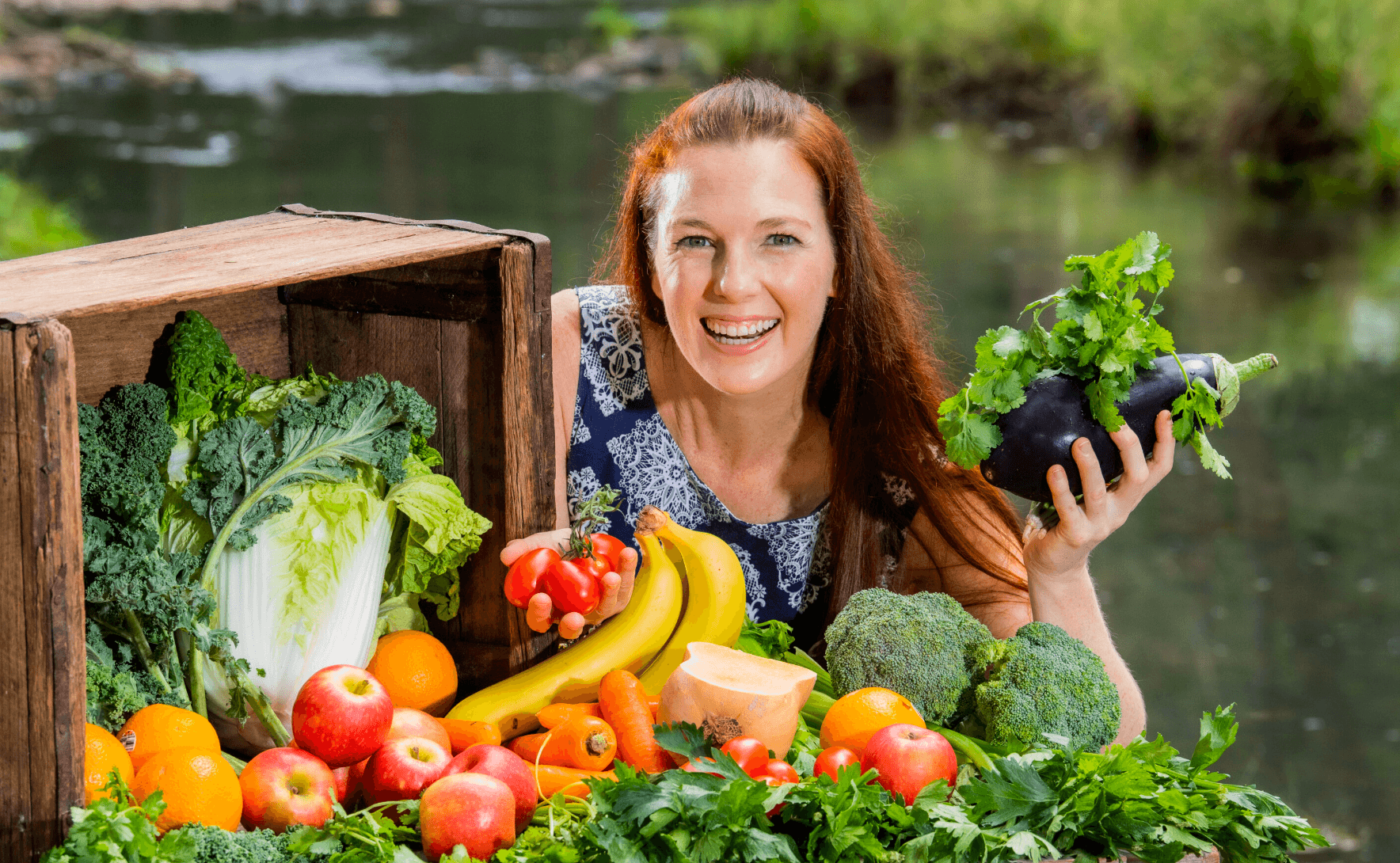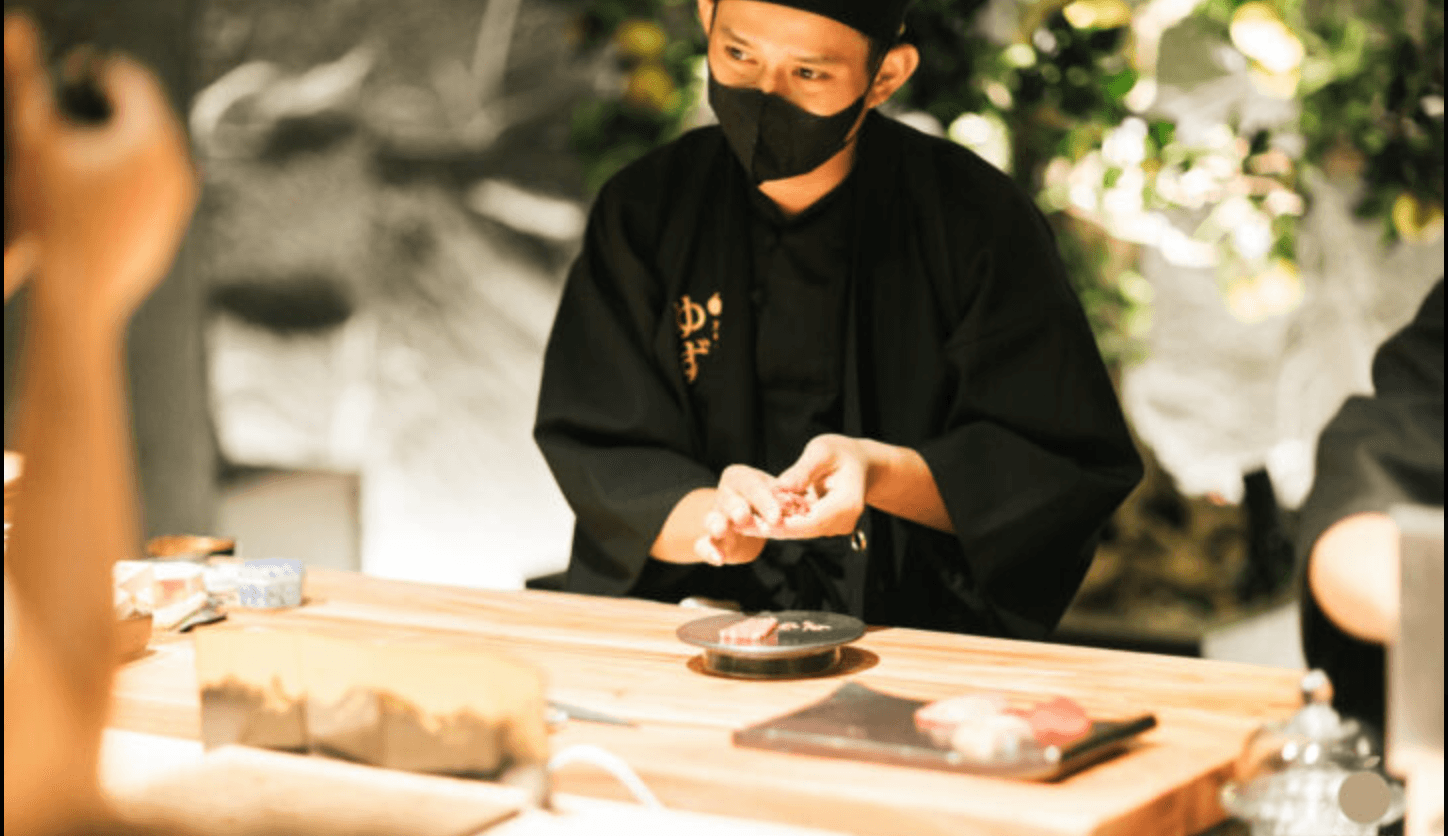Vietnam's Michelin Guide: How Street Food and Fine Dining Create the World's Most Democratic Food Scene

Sitting in my rent-controlled apartment on Chestnut Street, I'm calculating a delicious paradox: Vietnam now offers both $200 Michelin tasting menus and $3 street food that would make those same Michelin chefs weep with envy—and somehow, this isn't a contradiction. It's Vietnam's food revolution in action.
As someone who traded derivatives in Hong Kong and now tracks lifestyle economics from the Marina District, I've watched Vietnam achieve something remarkable: becoming a culinary destination without abandoning its soul. The country has essentially created the world's most democratic food scene, where excellence exists at every price point.
The Real Economics of Culinary Democracy
My 78-year-old grandmother, who sells herbs at Ben Thanh Market, called yesterday with news that made me laugh. "Cháu ơi," she said, "the fancy restaurants are buying herbs from us now. Same herbs, different plates." She's not complaining about gentrification—she's celebrating new customers.
This is where Vietnam's Michelin story differs from every other food scene I've analyzed. In San Francisco, a $22 bowl of phở in the Marina exists because authentic Vietnamese food has been priced out of accessibility. In Vietnam, that same $22 bowl exists alongside the $2 version three blocks away, and both are thriving.
According to Vietnam's National Administration of Tourism, culinary tourism has increased by 40% since Michelin recognition began, but street vendor revenues have grown alongside fine dining establishments rather than being displaced by them.
The Michelin Effect: Addition, Not Substitution
Back on Central District trading floors, we called this market expansion rather than market capture. Vietnam's nine Michelin-starred restaurants haven't replaced street food culture—they've created a parallel luxury tier while the original ecosystem continues to flourish.
Consider this beautiful absurdity: Chef Peter Cuong Franklin at Ănăn Saigon serves $180 tasting menus that reinterpret street food classics, while the vendors who inspired those dishes continue serving the originals for pocket change just outside. The Vietnamese saying "Học để biết, biết để làm"—learn to know, know to act—perfectly captures this dynamic. Vietnam learned from global fine dining, then acted on that knowledge without abandoning its roots.
The genius isn't in choosing between high-end and street food—it's in recognizing they serve different human needs. Sometimes you want to celebrate your anniversary with tablecloths and wine pairings. Sometimes you want to solve life's problems over plastic stools with $1 Bia Hoi.
Just one step to unlock the rest of this article
Sign in to read the full article and access exclusive content
✨ Completely free • No credit card required




